Lessons Amidst Cyclone Michaung – Chennai Floods – What can we learn?
Cyclone Michaung , Chennai.
Why do we have to suffer every time it rains and why is it this bad? What can we do?
Chennai has a population of over 11 million and the recent Cyclone Michaung (December 3, 2023) caused extreme distress to its people. The majority of the population had no electricity and no internet. The saving grace in some households was the backup UPS (Uninterrupted power supply), torch lights, and candles. For lack of electricity, the motors did not work to pump water to the water tanks. A lot of households had no water. The smart ones saved the rainwater in buckets and used them while it lasted.
This situation is not new to Chennai. We have witnessed a Tsunami (Dec 26, 2004) and major floods in the recent past (Dec 2015 Chennai Floods) which lasted a few days, severe storms, and now Cyclone Michaung in 2023.
‘One feels the insignificance of the individual’ Albert Einstein wrote when he witnessed a ferocious storm far greater than any he had ever witnessed. The situation in Chennai was no different.
Ancient Tamils and Water Management
Here is a Thirukkural by saint-poet Thiruvalluvar on the importance of rain.
நீர்இன்று அமையாது உலகெனின் யார்யார்க்கும்
வான்இன்று அமையாது ஒழுக்கு. – குறள் (20)
Neerindru Amaiyaadhu Ulakenin Yaaryaarkkum
Vaanindru Amaiyaadhu Ozhukku
— (Transliteration)
Interpretation
Even when one is highly influential or powerful, one can’t survive without water. For Water we need Rain. There is no world without water.
Water Management in Tamil Nadu: Then and Now
A recent conversation on Twitter shed light on how Tamil Nadu’s water management has changed over time. Tamils in the Middle Ages were praised for their skill at building large networks of water bodies, which showed that they knew a lot about the water supplies in the area.
The below picture depicts how Tamils connected various water bodies to manage water flow..
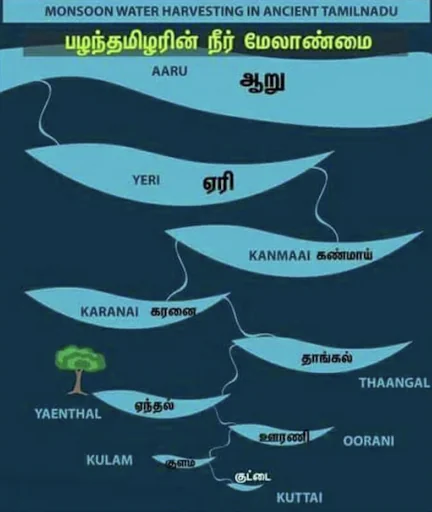
The Pandiya kings built check dams across the River Vaigai and King Karikal Chola built the Grand Anaicut on the River Cauvery, both of which show how well the ancient Tamil countries managed water.
Specialized groups, such as the “theyeri variyam” (lake board) and “kalingu variyam” (sluice board), were in charge of taking care of these bodies of water and making sure they were shared fairly and protected.
The rulers not only made these things, but they also set up ways to keep them in good shape, like hiring people to keep the buildings clean and using bodies of water for business.
Different types of sluice gates, like the “Pulikan madai,” made it easier to manage water, which shows that old Tamil society had a deep understanding of how to save water.
Modern methods, on the other hand, show a big change. Historical bodies of water like Long Tank and Nungambakkam Tank have been filled in to make room for more cities. This has made us rethink how we manage water and how committed we are to protecting natural resources.
Places like Velachery, and Adayar, are water bodies and we converted them to living places with urbanization.
No one person or one government can be blamed for this poor work. The problem Chennai is encountering (flooding) dates back at least a couple of decades.
Funding Chennai’s Infrastructure: Where has the money gone?
The Greater Chennai Corporation, in its budget proposal for 2022-23 made an announcement allocating ₹1,482.70 crore (estimated) for the development of storm-water drains and ₹881.20 crore (estimated) for the makeover of roads.
The state highways department has launched the Chief Minister Road Development Programme (CMRDP) to expand road connectivity to smaller towns and villages. A government order was passed and funds worth Rs 5,581.90 crore were released to develop 3,159.74 km of roads under the Comprehensive Road Infrastructure Development Programme (CRIDP), which includes the CMRDP.
One popular media outlet mentioned that TN CM said that ₹ 4,000 crore investment in stormwater drains played a pivotal role in minimizing the impact of what he called the 47-year high rainfall.
Now the obvious question arises, why after spending so much the city still does not have a proper system? Again, this spending is not just in the last couple of years. In addition to this, what have we spent in the last 2 decades? Did we yield good dividends on our spending?
Roads need to be constructed with Camber
In a lot of places in Chennai, new roads were laid in the last 6-12 months. If you look at the status of the roads, it will be hard to say if they were new roads. When you repair something you expect a better result. In places where new roads are laid, with this rain more water stays in the road than it was laid before.
There needs to be a slope for water to drain on both sides of the road and the rainwater hits the rainwater system and does not mix with drainage. However, it is easier said than done in Chennai as in a lot of places rainwater is fixed with drainage.
Honesty & Transparency In Governance
It is not one of the other and it is everything together. Honesty and Transparency in government spending. The obvious question arises that we are not getting value for what we spend and the taxes we pay. How can we change this mindset? It also needs to come from the top and the State needs to walk the talk.
Ray Dalio of BridgeWater talks about Radical Transparency. Reed Hastings in his book No Rules talks about Feedback and Radical Candor. Say it as it is. If we were to provide feedback, it would be very disappointing and we do not feel like we are being taken care of. Every year it is the same problem.
Urban Flooding is a Global Problem
According to document published by National Institute of Disaster Management (NIDM), Ministry of Home Affairs (MHA), Government of India…this is the data

The above data correlates with what we saw this year – we saw floods in NewYork in Sep 2023 and in Dubai in Nov 2023 and there are similar urban flooding stories from all over the world.
Factors contributing to Urban Flooding
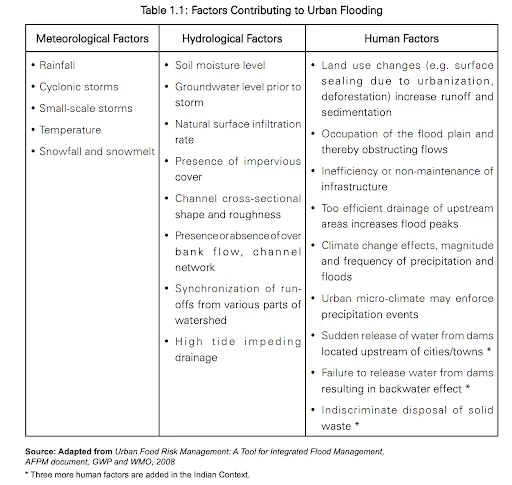
After the 2015 Chennai floods, National Institute of Disaster Management (NIDM), Ministry of Home Affairs (MHA), Government of India, published a document on Urban Flooding. Here is a gist of their recommendations to prevent Urban Flooding.
Measures to Prevent Urban Floods:
- Urban Planning: Incorporating flood risk into urban planning, respecting natural water flows, and maintaining natural water bodies.
- Infrastructure Adaptation: Building robust, adaptable urban infrastructure to handle increased water flow and prevent flooding.
- Waste Management: Implementing effective waste management practices to prevent blockages in water bodies and drainage systems.
- Community Awareness: Raising awareness among residents about environmental risks and the importance of adhering to regulations. Encouraging responsible behavior in waste disposal and land use.
- Real-Time Urban Flood Information Systems: Developing systems to process rainfall data and provide timely warnings to the public and relevant agencies.
- Stakeholder Engagement: Involving all stakeholders, including real estate developers, in implementing mitigation and prevention measures in construction projects.
- Prevention-Based Disaster Management: Shifting from a relief-based approach to a prevention-based approach in disaster management, focusing on proactive measures to reduce flood risk.
Implementing the above measures can significantly mitigate the risk and impact of urban flooding.
Flood Plain Zoning
Flood Plain Zoning has been recognized as an effective non-structural measure for flood management. Flood-plain zoning measures aim at demarcating zones or areas likely to be affected by floods of different magnitude or frequencies and probability levels, and specify the types of permissible developments in these zones, so that whenever floods actually occur, the damage can be minimized.
To quote the New Indian Express Editorial (Dec 07, 2023) –
“A parliamentary standing committee report after the 2015 floods blamed the real estate mafia for illegal constructions and the grabbing of water bodies and flood channels. The Flood Plain Zoning, a concept initiated by the state public works department then to regulate land use in flood plains, is gathering dust.
Apparently, there is no data on the flood plain of Cooum or Adyar, and the boundaries of these rivers are yet to be marked. The government ought to take a serious look at urbanisation gobbling up large parts of floodplains and river beds, and initiate a sincere effort to retrieve them”
Buyers Need to be Careful
When buying a property a buyer must be told anything the seller knows about the property. The seller may not know that the property is in a designated overflow area or the agent may not talk about it.
That said, it’s not hard to find out where the nearest river or a lake is, how much higher the property is than the normal level of the water, and what happened during the last significant cyclone.
If you are sufficiently aware of floods and how water is managed to know that some properties will be flooded, then you can figure out which properties might be affected.
Based on the information, the buyer needs to make the buying decision. And, Do not pay a premium.
Is there any other solution?
Yes. Moving out of cities – De-urbanization.
One wonders why do people have to live in big cities like Chennai if they do not have any family ties (easier said than done). The future world is not big cities, but smaller towns. Some of them (in tech) who used to live in Chennai or other major cities have made the smart move to relocate to their native towns. The problem Chennai is encountering (flooding) dates back at-least a couple of decades. We do not seem to learn our lessons and also learn from past mistakes. Chennai can do a lot better than this.
This linkedin post argues that the responsibility for these shortcomings lies with society as a whole and suggests that de-urbanization could lead to better distributed economic activities, enhancing lifestyles and promoting more equitable wealth distribution. Thus, it advocates for a shift towards less concentrated urban development.
Companies too can play a role in de-urbanization. They can become distributed.
Distributed Work:
The cyclone stalled work for the vast majority of companies dependent only on Chennai. People had no access to the Internet and the cell phone towers did not work at-least for 3 days post the cyclone. In our company, as we are fully distributed and spread across, only people who lived in Chennai had to go through the pain. For other parts business was usual.
When I was chatting with a colleague of mine, he also stressed on the sentiment of manufacturing companies whose primary base is Chennai. If a company is dependent on the city and the work gets stalled for a week, it causes severe losses to the business, workers and the economy.
It also has to be noted that several automobile multinationals like Renault Nissan, Daimler Benz, and Ford operated auto factories on lands that were once water bodies, paddy lands, and forests.
(Source – National Institute of Disaster Management (NIDM), Ministry of Home Affairs (MHA), Government of India)
Why do we not learn our lessons in spite of repeated calls from nature?
We have read in history books that cities were submerged in water. We are also thankful that the cyclone did not continue for another day or so (We had non-stop rain for 24 hours). It would have been disastrous had the rains persisted.
Let us give back the water its land or create plenty of more water bodies..
References:
Monsoon Water Harvesting in Ancient Tamil Nadu –
Camber –
The New Indian Express Editorial Quote on Flood Plain Zoning –
Why do people have to live in big cities –
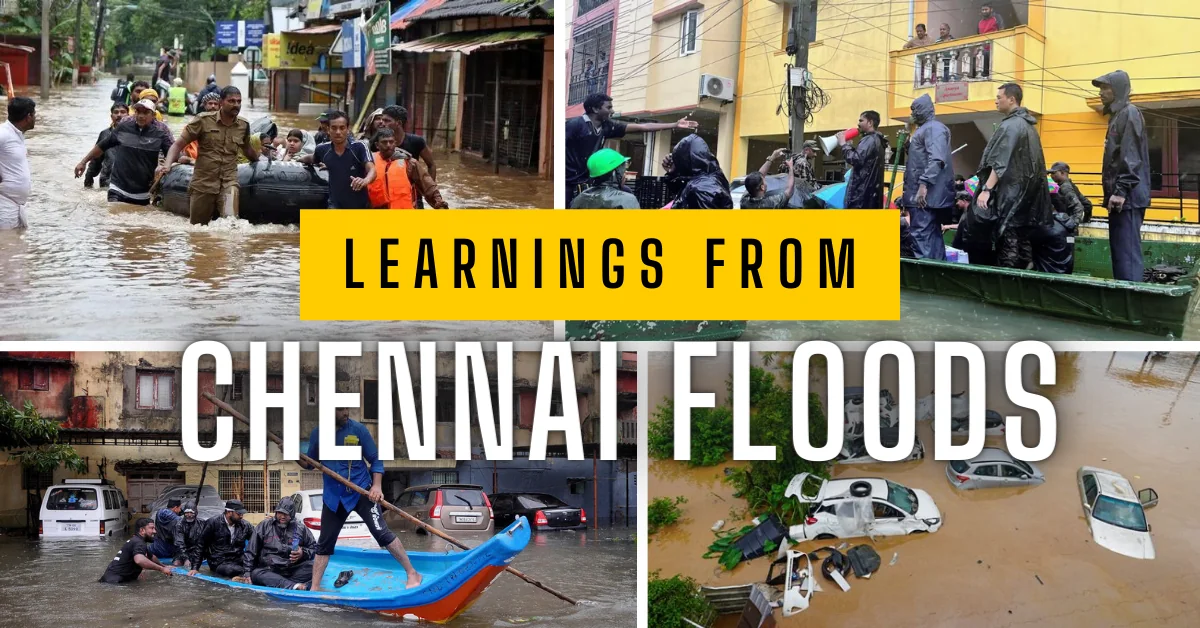
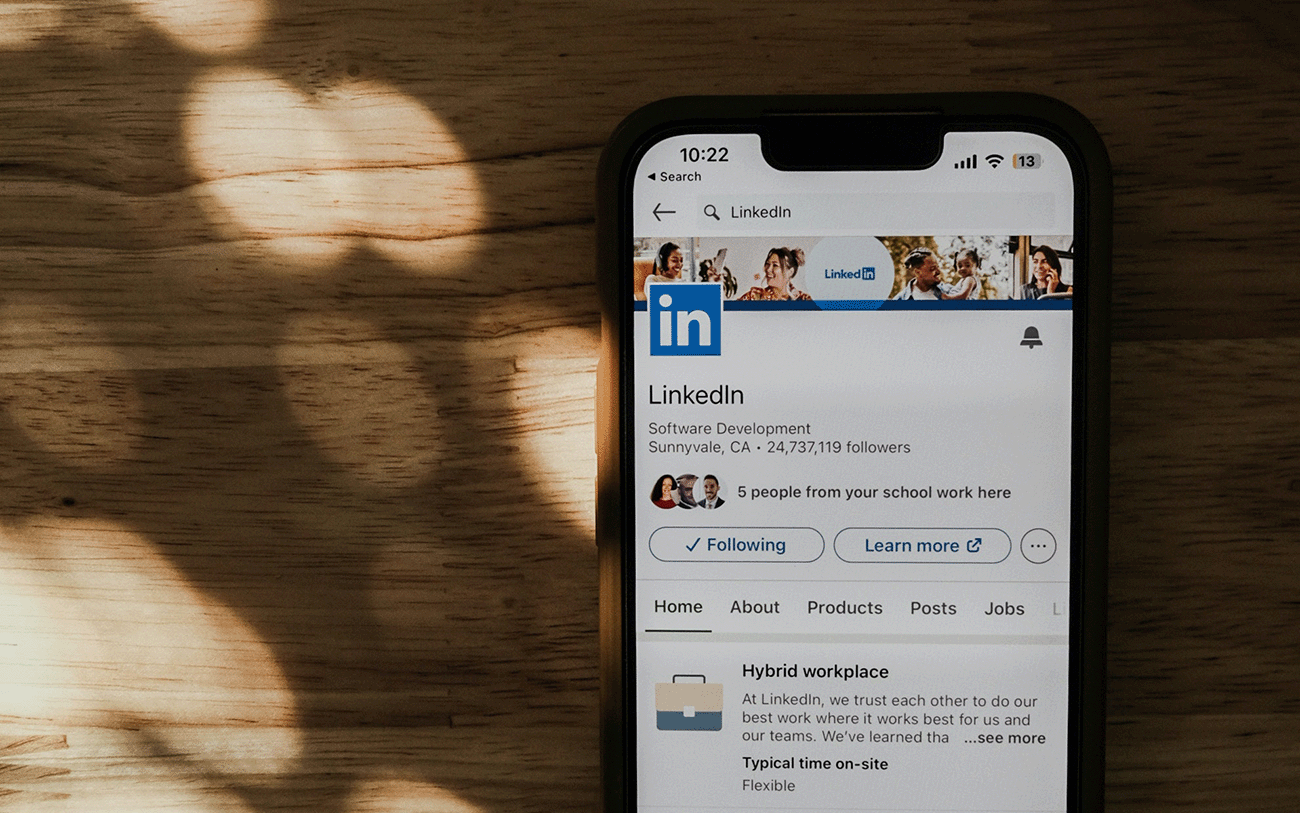
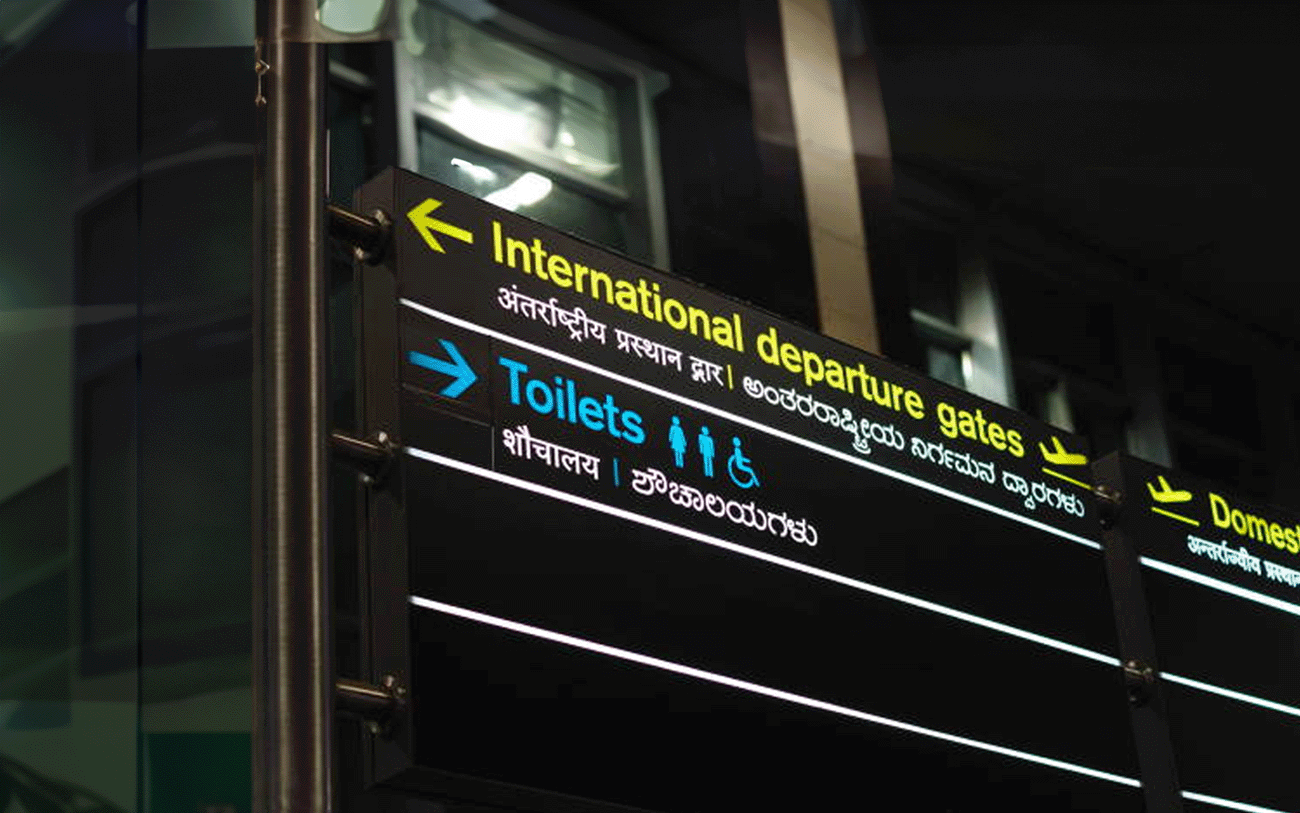
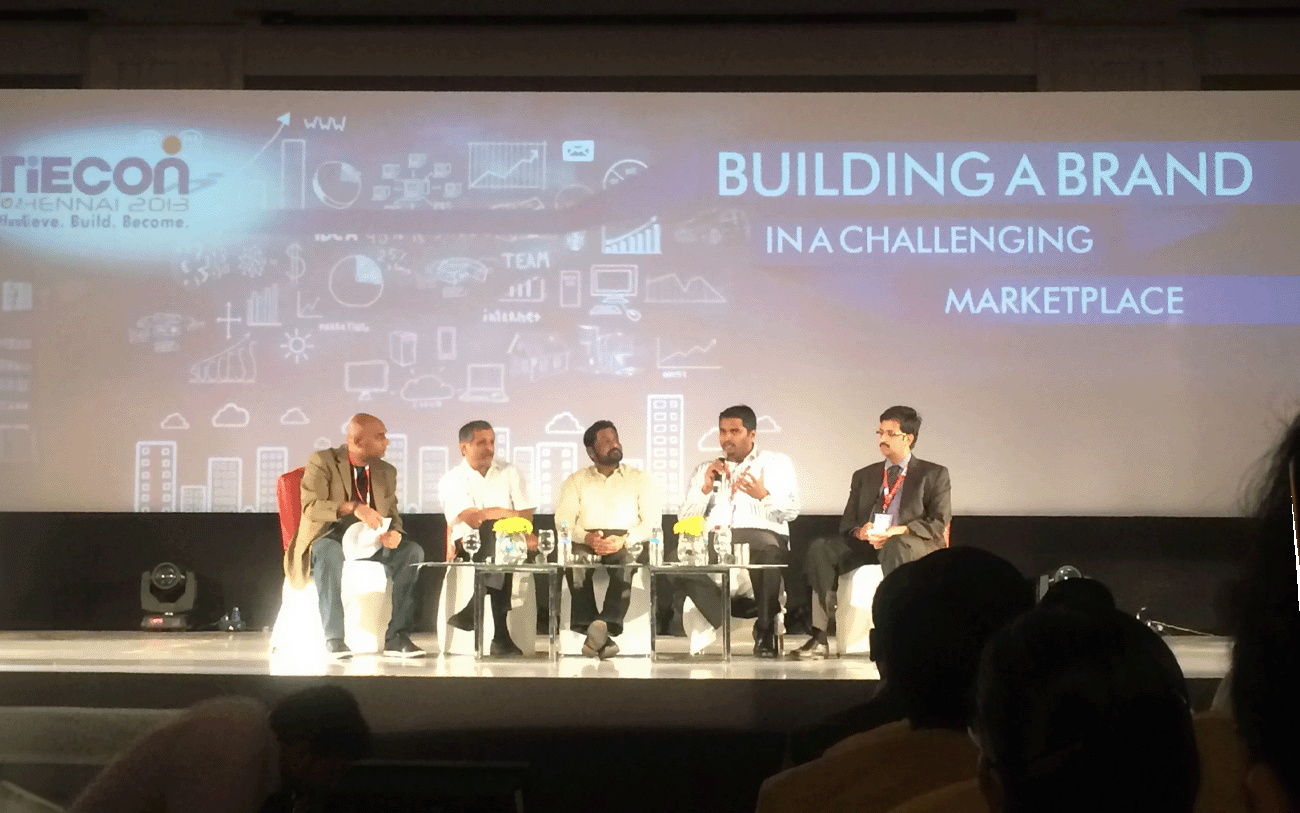
January 3, 2024
shark tank gummy weight loss
Not sure where you’re getting your info, but fantastic topic I need to spend some time learning more or understanding more Thanks you wonderful post I was seeking for this information for my mission.